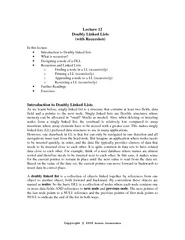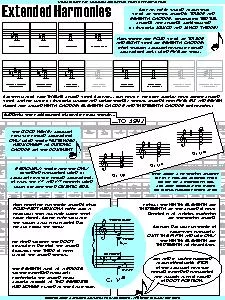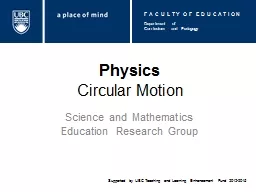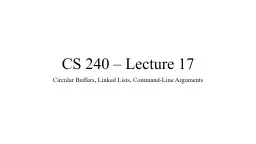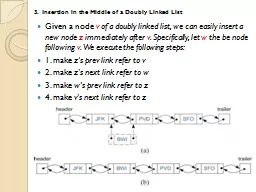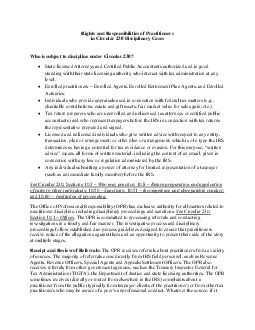PPT-Advanced Linked lists Doubly Linked and Circular Lists
Author : trish-goza | Published Date : 2018-03-09
R evised based on textbook authors notes Doubly linked lists A linked list in which each node contains a data components and two links one pointing the next node
Presentation Embed Code
Download Presentation
Download Presentation The PPT/PDF document "Advanced Linked lists Doubly Linked and ..." is the property of its rightful owner. Permission is granted to download and print the materials on this website for personal, non-commercial use only, and to display it on your personal computer provided you do not modify the materials and that you retain all copyright notices contained in the materials. By downloading content from our website, you accept the terms of this agreement.
Advanced Linked lists Doubly Linked and Circular Lists: Transcript
Download Rules Of Document
"Advanced Linked lists Doubly Linked and Circular Lists"The content belongs to its owner. You may download and print it for personal use, without modification, and keep all copyright notices. By downloading, you agree to these terms.
Related Documents


